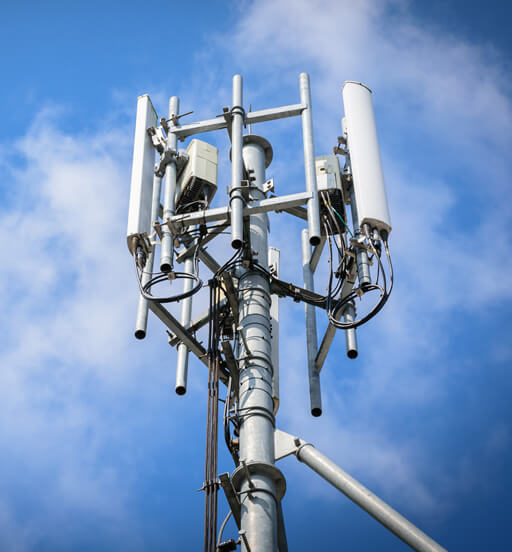If you've ever wandered through a city, you may have seen tiny mini 5G cell towers on the poles of street lights. They look like little boxes, but they're actually broadcasting wireless signals from cellular providers to your phone.
The smaller ones are being replaced by larger, purpose-built cell towers. Although they're not as visible, they still can cause issues for users.
It is the FCC's Radiation Exposure Thresholds
The FCC's Radiation Exposure Thresholds establish the safe distance that an individual can be exposed to electromagnetic energy from wireless devices. https://postheaven.net/skincat9/how-far-should-i-keep-from-your-5g-mobile-tower are based on research which show that the energy of RF could be harmful to health.

The specific absorption rate (SAR) is a measure of the radiofrequency energy absorption by tissues. It's usually 1.6 watts per kilogram, averaged over one gram of tissue.
However, because safe distance from cell tower transmits at higher frequencies this could be able to create more energy on the skin as well as other body parts. This could lead to many potential harms, including exacerbated appearance of skin conditions like dermatitis, cataracts, and skin cancer.
Due to the possible negative effects of 5G radiation, PSU has chosen to set a general localized maximum power density of four mW/cm2 measured across 1 centimeter, and not to exceed 30 minutes, for all 5G services running at 3000 GHz. This localized limit is in accordance with the highest SAR spatial-average of 1.6 W/kg, which is averaged over 1 g of tissue at 6 GHz.
The FCC's Maximum Exposure Thresholds for Maximum Exposure
If you've ever operated a cell phone, you're probably aware that a safe range from the tower is around 400 meters away. This is because the transmitting power of a cell tower increases dramatically the further the tower is.
While this sounds like a good idea, the reality is that those living close to towers might be more vulnerable to health problems. For safe distance from cell tower , a study from 2014 in India found that residents who lived within 50 meters from cell towers suffered significant more health issues than those living further far from antennas.
However, this study also showed that residents who moved to areas that were further from cell towers noticed their symptoms improve within a couple of days. Other studies have shown that exposure to high amounts of electromagnetic field radiofrequency (EMFs) could cause cancer, brain tumors and other health issues.
This is because RF radiation, which is utilized in wireless communications, may penetrate the body's outer layer, the skin. It is vital to be aware of this because the skin acts as a protective barrier against injury to the body, infection by pathogenic microorganisms, and the entry of harmful substances. The skin is the most important organ of the human body, and is responsible for keeping the integrity of the other organs.
The FCC's Minimum Exposure Thresholds for the Minimum Exposure
The FCC's Minimum Exposure Thresholds rely on a variety of assumptions that are not supported by scientific evidence. They include the false belief that exposures of a short duration to RF radiation are safe because of the minimal radiation penetration in the human body (i.e. the heating of tissues).
The assumption is also ignoring the greater penetration of ELF components of modulated RF signals as well as the effect on the body of short bursts generated by RF waves that are pulsed. These assumptions do not correspond with the current understanding of biological consequences of RF radiation, and thus they should not be considered for health protection exposure guidelines.
In addition, the ICNIRP and FCC are limiting their maximum exposure limits to local peak SARs, based on the maximum frequency of absorption (psSAR) that is not a reliable dosimetric instrument for determining the level of radiation exposure. In particular it is inconclusive when frequencies exceed 6 GHz. In addition, psSAR is not been evaluated for RF radiation that is exposed to other environmental agents such as sunlight. The interactions of RF radiations with different environmental agents could result in antagonistic or synergistic results. This can lead to the risk of having adverse health effects. For instance, exposure to RF radiation with sunlight may cause an increase in the incidence of developing skin cancer and exacerbate other skin diseases such as acne.
